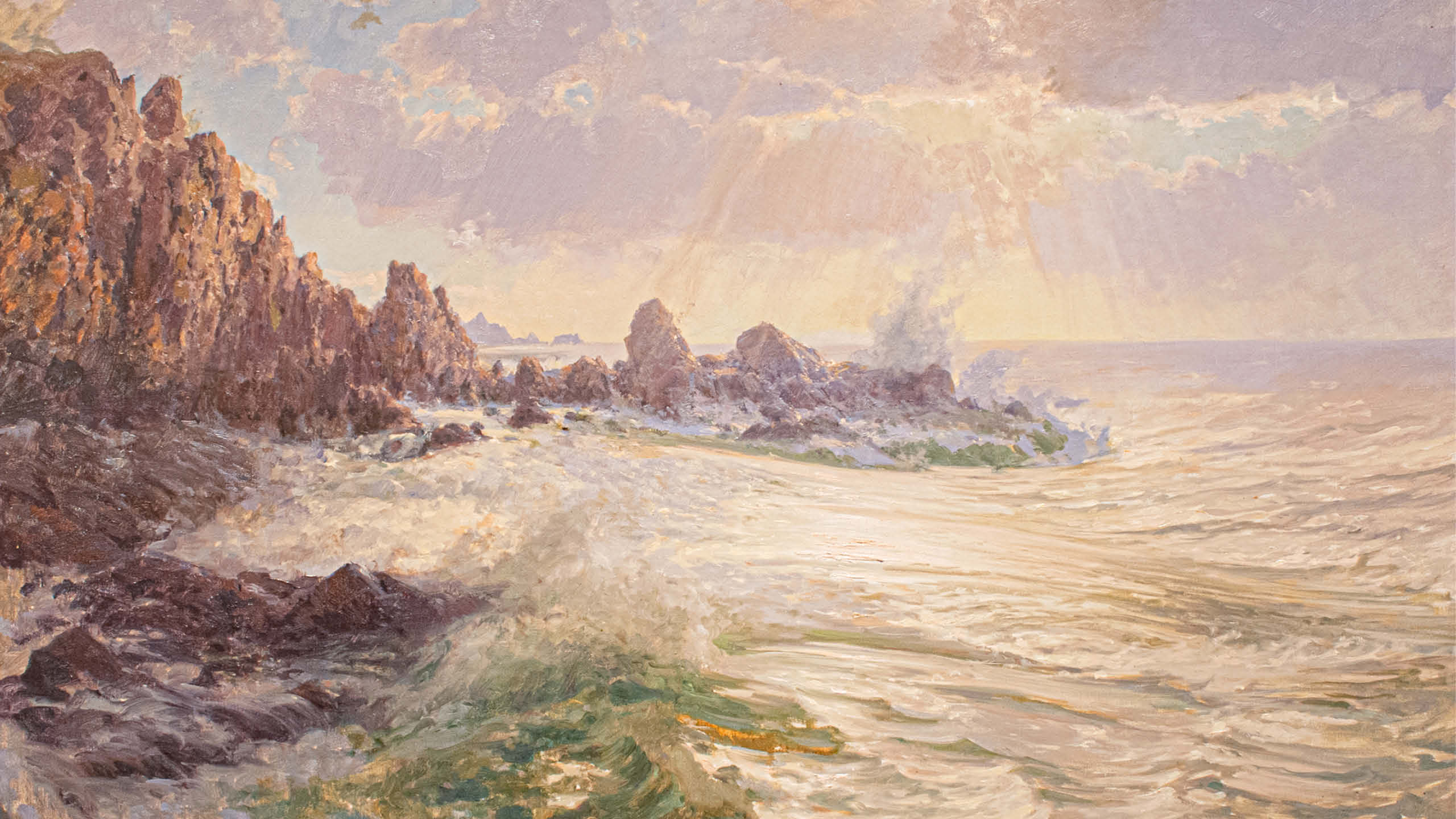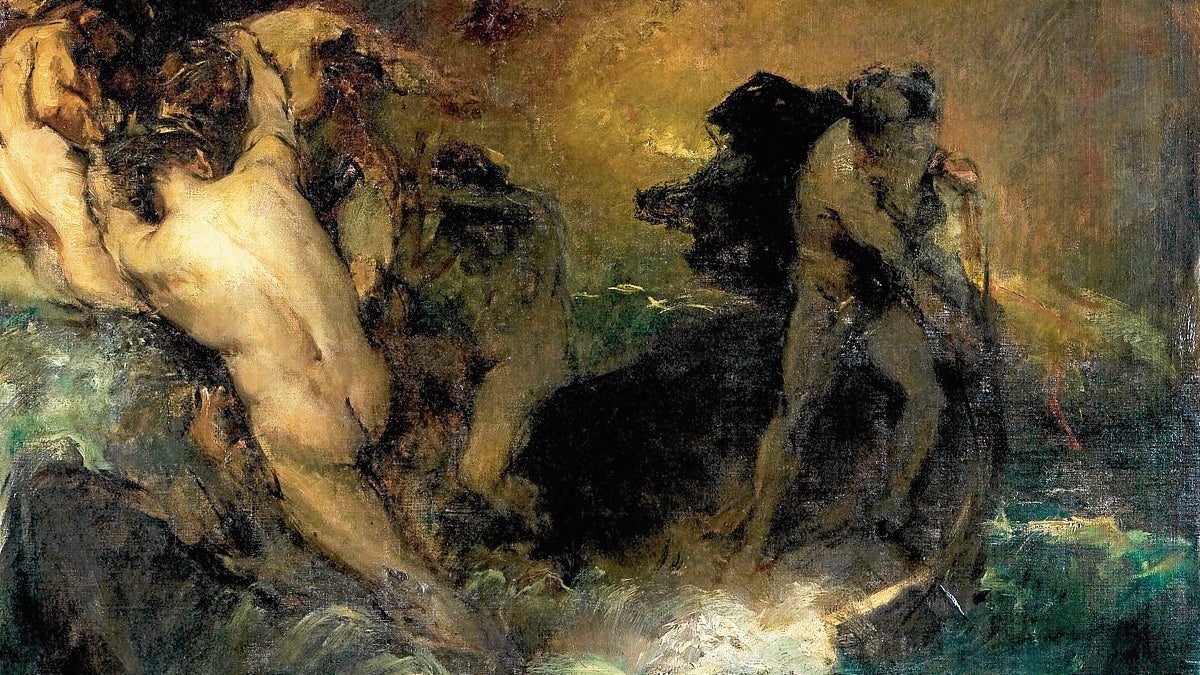
Vulnerability in Art: A Quick Recall of Felix Hidalgo’s Work
Felix Hidalgo’s art has a sense of vulnerability being swallowed by the brutality of dark and heavy forces. Described to be the soft kind of romantic, his paintings are ones that present softer strokes that seem to be arrested in the moment, like the subject is about to take a breath but had been frozen in time. An artist who specializes in impressionism and neoclassicism, Félix Resurrección Hidalgo was known to focus on portraits but he also extended his work to nature and landscape art–which, according to Jose Rizal, Hidalgo was much better at compared to his Rival, Juan Luna. During his career, he was said to have created over a thousand works ranging from large-scale neoclassical canvasses to murals that use either oil, watercolor, pastels, or charcoal. Here are just a few of his most iconic works.
Related read: Juan Luna and Hymen, oh Hyménée!

The Boat of Charon (1887)
Created at the same time Jose Rizal finished his literary masterpiece–Noli Me Tangere, The Boat of Charon (La Barca de Aqueronte) is a dark portrait that elevates the sense of danger through the depiction of disaster as Charon–Hades’ ferryman ferries souls through the treacherous underworld river Acheron. Aside from being the result of reading Dante’s Inferno, the painting is also a political parable of the Filipino’s grueling journey to freedom. The masterpiece portrays Hidalgo’s expertise in neoclassical painting and won a gold medal during the 1887 Exposicion General de las Islas Filipinas in Madrid. In 1892, it received another gold medal at the Exposicion Internacional de Bellas Artes in Madrid.

The Christian Virgins Exposed to the Populace (1884)
Hidalgo’s most famous piece and one of his darkest pieces, Las Virgenes Cristianas Expuestas al Populacho won the silver medal at the 1884 Madrid Exposition of Fine Arts. Its subjects were taken from the old Roman times–specifically during the prosecution of Christians by Roman emperors like Nero and are shown as two maidens in anguish and shame as they are stripped of their garments in front of leery Roman men who continue to treat and inspect them like commodities. From another point of view, the painting is said to be an allegory speaking of Spanish abuse.

Marina (1900)
A piece capturing the motion of waves crashing into craggy rocks along the coastline, Marina shows Hidalgo’s ethereal style in painting through the smooth crest of waves and the motion of water retreating from the shore–highlighted by the vivid pastel color palette that’s widely different from La Barca and Las Virgenes. In this painting, hope becomes the topic and represents the feelings Filipinos felt in the 19th century while struggling for freedom and independence.
Felix Hidalgo has several more oeuvres but most were unfortunately lost during the war. Overall, Hidalgo is known for presenting softness and warmth through most of his paintings (despite some of his most famous ones having grim topics). Even before his fame, Hidalgo was already embraced by art due to his parents being known as gracious art patrons. Though he wasn’t a political activist like Rizal or Luna, his works still served as inspiration for the expatriates during the time when the Philippine Revolution was ripe and being ushered into history by some of the greatest names.


